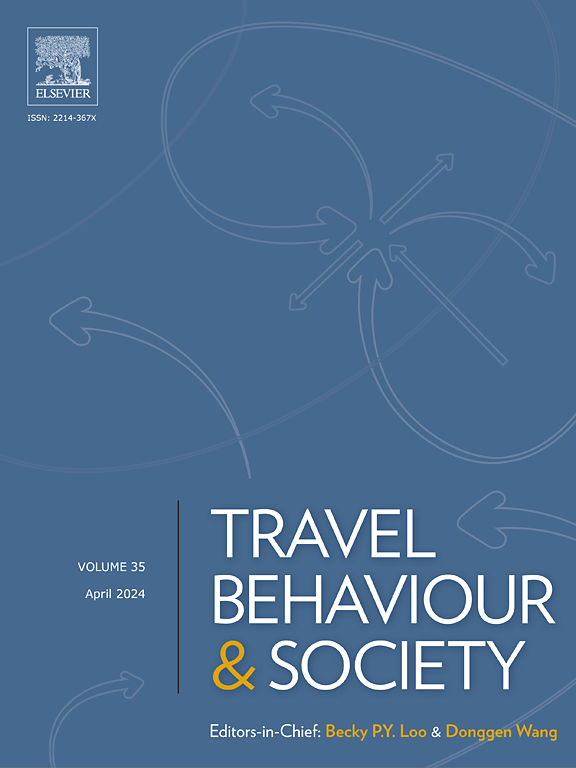Urban roads: Enablers or barriers to walking? insights from Kigali, Rwanda
IF 5.7
2区 工程技术
Q1 TRANSPORTATION
引用次数: 0
Abstract
Road designs in Sub-Saharan Africa (SSA) prioritize motorized traffic, despite the high proportion of pedestrians. This study examines the extent to which different road designs hinder or enable walking in Kigali, Rwanda, employing an exploratory and qualitative research approach. To carry out the study, two arterial roads were selected: one with a basic design and one with a design in line with current standards in Kigali. The road designs were audited using a checklist, and interviews were conducted with 30 residents living near the roads. While both roads have basic walking facilities (sidewalks, crosswalks, and streetlights), the upgraded road has more facilities including a planted strip that separate the carriageway from the sidewalk, a small planted median, traffic lights, speed cameras, and police surveillance. These elements were appreciated by residents as walking enablers. However, they also highlighted long crosswalk intervals and lack of speed-calming facilities at crosswalks, resulting in regular crossing at unregulated points and feelings of unsafety while crossing the road. In addition, lack of sidewalk amenities on both roads were identified as barriers to walking. While highlighting the car bias in road designs leading to walking barriers in Kigali, we recommend more research on this topic in other African cities, which have been described as “unwalkable” and a shift toward more inclusive road designs that not only facilitate movement for all population segments, but also serve as spaces for community life and local entrepreneurs.
城市道路:促进还是阻碍步行?来自卢旺达基加利的见解
撒哈拉以南非洲(SSA)的道路设计优先考虑机动交通,尽管行人比例很高。本研究考察了卢旺达基加利不同道路设计阻碍或促进步行的程度,采用探索性和定性研究方法。为了开展这项研究,选择了两条主干道:一条采用基本设计,另一条采用符合基加利现行标准的设计。道路设计采用核对表进行审核,并与居住在道路附近的30名居民进行了访谈。虽然两条道路都有基本的步行设施(人行道、人行横道和路灯),但升级后的道路有更多的设施,包括分隔行车道和人行道的种植带、小型种植中间地带、交通信号灯、测速摄像头和警察监控。这些元素受到居民的赞赏,使他们能够行走。然而,他们也强调了人行横道间隔过长以及人行横道缺乏减速设施,导致经常在不受监管的地点穿过马路,并且在过马路时感到不安全。此外,两条道路上缺乏人行道设施被认为是行走的障碍。在强调基加利道路设计中的汽车偏见导致行走障碍的同时,我们建议在其他非洲城市对这一主题进行更多研究,这些城市被描述为“不适合行走”,并转向更具包容性的道路设计,不仅促进所有人群的移动,而且还为社区生活和当地企业家提供空间。
本文章由计算机程序翻译,如有差异,请以英文原文为准。
求助全文
约1分钟内获得全文
求助全文
来源期刊

Travel Behaviour and Society
TRANSPORTATION-
CiteScore
9.80
自引率
7.70%
发文量
109
期刊介绍:
Travel Behaviour and Society is an interdisciplinary journal publishing high-quality original papers which report leading edge research in theories, methodologies and applications concerning transportation issues and challenges which involve the social and spatial dimensions. In particular, it provides a discussion forum for major research in travel behaviour, transportation infrastructure, transportation and environmental issues, mobility and social sustainability, transportation geographic information systems (TGIS), transportation and quality of life, transportation data collection and analysis, etc.
 求助内容:
求助内容: 应助结果提醒方式:
应助结果提醒方式:


